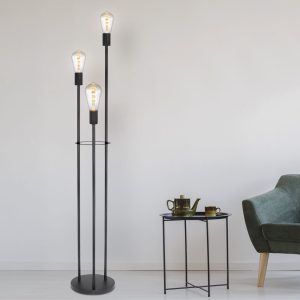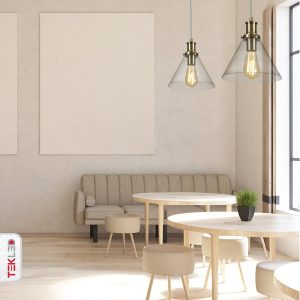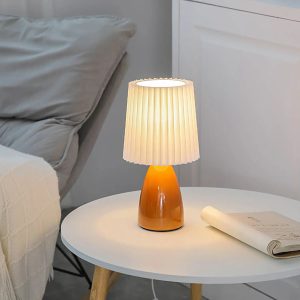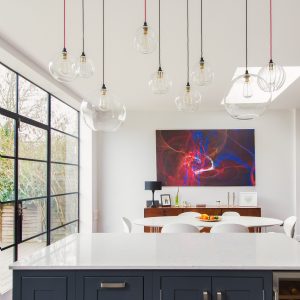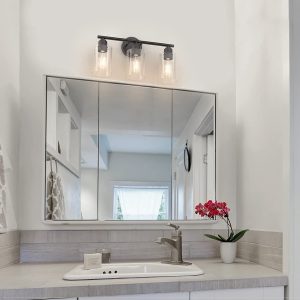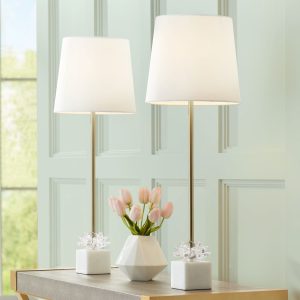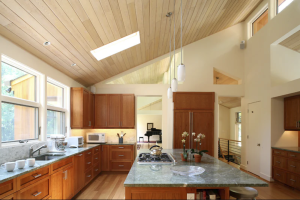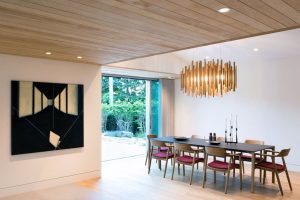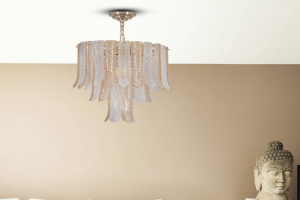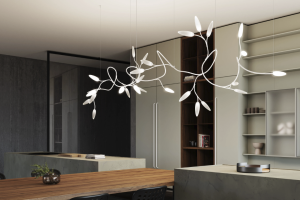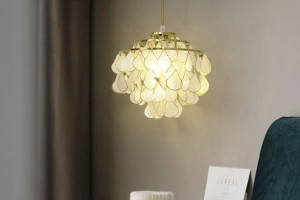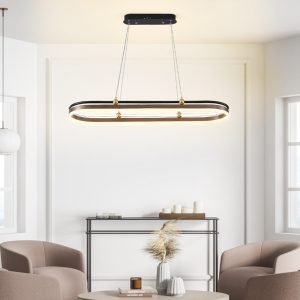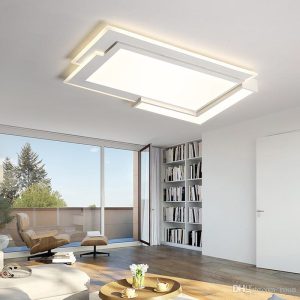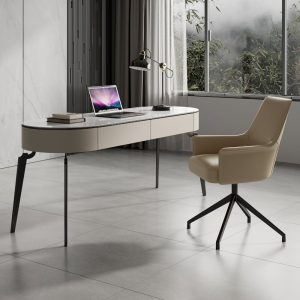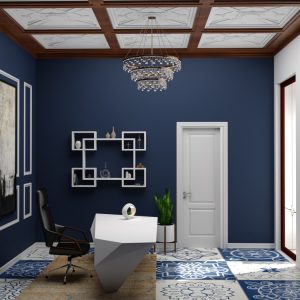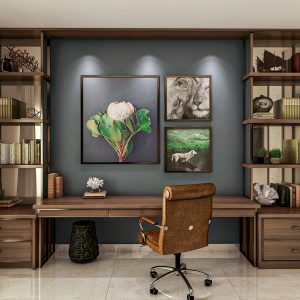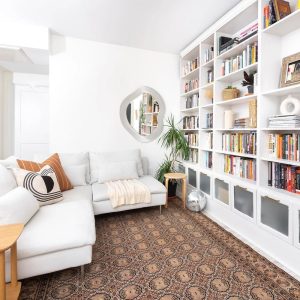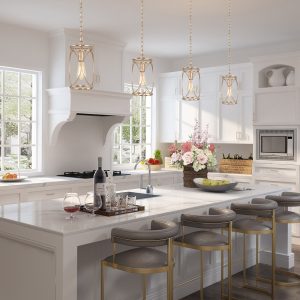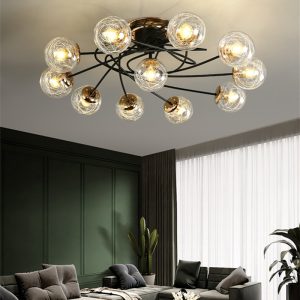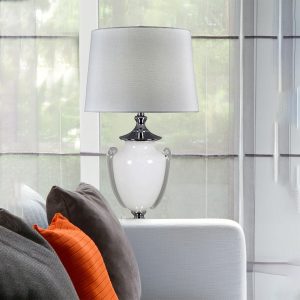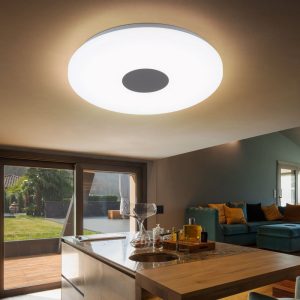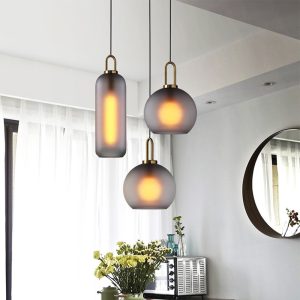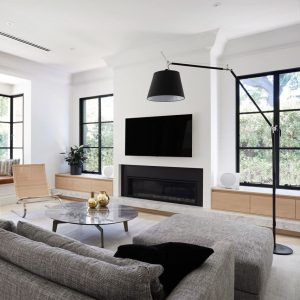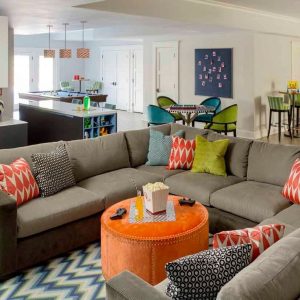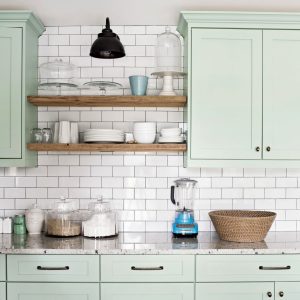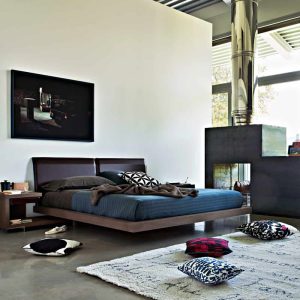
Mother of pearl or nacre is an iridescent material, known for its shimmering surface and beauty, which has been used in a wide range of decorative objects, from jewelry to furniture. But, recently, this stunning material has made its way into lighting designs, creating a unique and mesmerizing effect. In this article, we will explore the history and qualities of mother of pearl lighting and how it has become the choice of designers for creating elegant and eye-catching lighting fixtures.
The History of Mother of Pearl
Mother of pearl has been used for thousands of years. Ancient Egyptians used it for their jewelry, while the Chinese and Japanese used it to decorate furniture and other decorative objects. It was also used in the construction of some of the world’s most famous buildings, such as the Taj Mahal in India.
There are many types of mollusks that produce mother of pearl, but the most well-known and commonly used is the pearl oyster. The inner layer of the oyster shell is made of nacre, which is created when the oyster lays down layers of calcium carbonate to protect itself from foreign objects. Over time, these layers build up and form a thick, iridescent material, which is harvested and used for various purposes.
What Makes Mother of Pearl Lighting So Special
Mother of pearl has several unique properties that make it a desirable material for lighting fixtures. Its iridescent surface reflects light in many different directions, creating a shimmering effect that is both soothing and mesmerizing. The delicate texture and colors of mother of pearl also add a touch of elegance to any space.
One of the most unusual aspects of mother of pearl lighting is the way it transforms color. When exposed to different types of light, mother of pearl can change color, shifting from a cool blue-green to a warm pink or yellow. This makes it an ideal choice for creating multi-dimensional lighting effects, which can be tailored to the mood and atmosphere of any space.
The Rise of Mother of Pearl Lighting
In recent years, mother of pearl lighting has become increasingly popular among interior designers and homeowners. This is due, in part, to the growing interest in sustainable and eco-friendly design. Many lighting companies are now exploring alternative materials and manufacturing processes that are more eco-friendly, and mother of pearl is one of the most promising.
Another reason for the rise in popularity of mother of pearl lighting is its versatility. It can be used in a wide range of lighting fixtures, from chandeliers to table lamps, and can be combined with other materials such as metal or glass to create striking contemporary designs.

